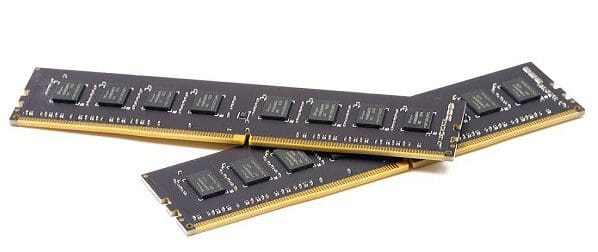You might know memory channels if youre a bit more technical.
You may even know about the row and column addressing system.
Realistically all of that is pretty easy to grasp.

Unfortunately, that picture isnt correct.
There are three more whole dimensions to the array.
Unfortunately, the number of dimensions does make it a little hard to visualize the actual addressing configuration.
The other three dimensions are, respectively: rank, chip, and bank.
Each channel can have one or more DIMMs populating it.
Contents
What Is a Rank?
A rank is a grouping of DRAM chips on a DIMM all connected to the same chip select.
This is critically important to understand.
A chip select essentiallyisthe rank.
Any request from the chip select goes to all its subordinate chips.
So a rank is a collection of DRAM chips on a DIMM that cannot be logically separated.
Ranks can be independently queried in an overlapping fashion.
Note:Ranks can essentially operate simultaneously.
While one rank opens a row, another can open another.
An Explained Example
Lets start with a standard single-channel system.
The channel is 64 bits wide.
In that channel, there is one DIMM with one rank.
That rank has eight chips.
To saturate the 64-bit channel, each chip must provide 8 bits of data.
If the DIMM from the above example has two ranks, it may now have 16 chips.
Each rank can be individually instructed independently of the other rank.
Only one rank can transmit or receive data at once.
Whats the Actual Difference?
Dual-rank DIMMs tend to have DRAM chips on both sides.
This logic breaks down with quad- and octal-rank DIMMs.
It would be best if you looked at the label to identify the number of ranks on a DIMM.
Typically there will be a note indicating something along the lines of 1Rx4, 1Rx8, or 2Rx8.
Tests have shown a very small performance benefit for dual-rank DIMMs over single-rank DIMMs.
This is likely due to the efficiency gains thanks to the interleaving and pipelining of requests.
The margin of difference, however, is generally tiny.